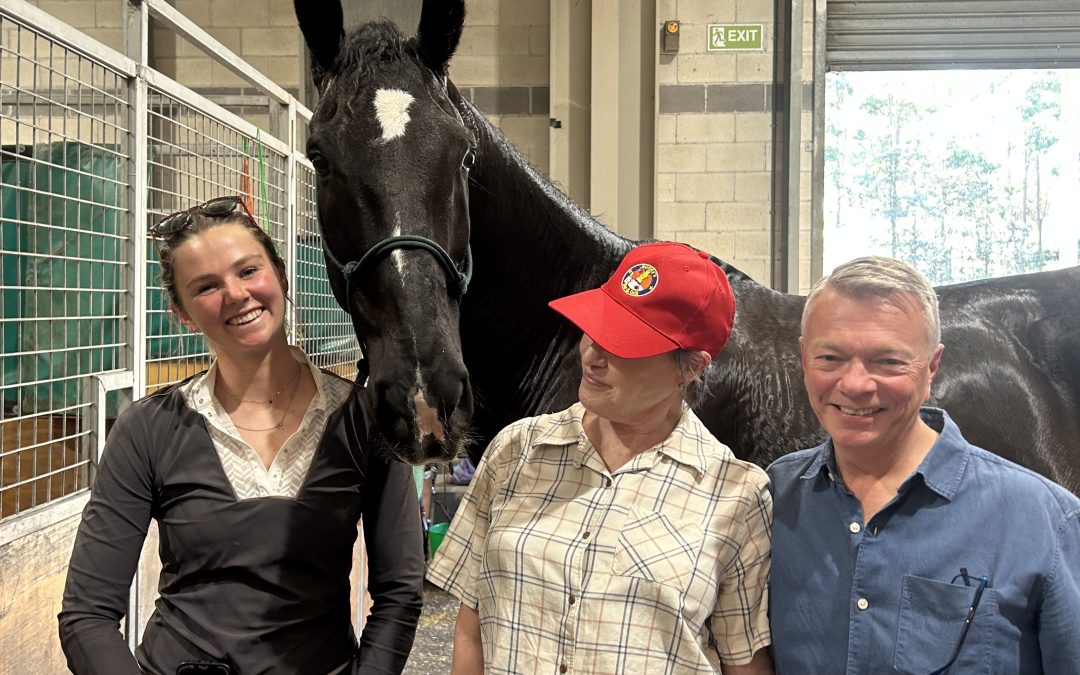Leadership is one of those rich, complex topics that has been explored through countless models, theories, and frameworks over the years. From transformational to servant leadership, situational to systems thinking, each model offers a unique lens on how leadership works—and all are valid in their own right.
Each model provides something valuable because leadership is not a one-size-fits-all endeavour. It’s contextual. It’s human. And increasingly, it’s collective. That’s where the Diamond Model of Shared Leadership comes in—offering a different kind of leadership experience, one that’s grounded in real-time, embodied learning, and, perhaps unexpectedly, involves horses.
A New Way In: The Diamond Model of Shared Leadership™
The Diamond Model of Shared Leadership ™is not just another conceptual framework. It’s experiential. It’s dynamic. And it’s deeply rooted in what happens when we step away from theory and into the paddock.
At the heart of this model is a simple yet powerful truth: leadership is not about one person having all the answers—it’s about the collective wellbeing and effectiveness of the group. The Diamond Model helps leaders explore and embody four key capabilities that enable this shared approach:
- Placing Attention – tuning into what’s really happening, within ourselves, others, and the environment
- Setting a Direction – establishing clarity and purpose without overpowering
- Using Appropriate Energy – knowing when to push, when to pause, and how to engage with influence rather than force
- Being Congruent – aligning our inner state with our outward behaviour, fostering trust and authenticity
These are not just ideas to think about—they are skills to practice. And this is where horses play an extraordinary role.
Why Horses?
Horses are extremely sensitive – as prey animals their survival depends on their ability to sense even the slightest change in their environment. They are also a herd animal – operating collectively has ensured the success of their species. Why is this important to us humans? They respond not to your title or your talking points, but to your presence, your intention, and your congruence. When you engage with a horse, it becomes strikingly clear if you are leading with clarity—or if your energy is scattered. Horses naturally seek connection, clarity, and safety—just like people do in teams.
Through carefully facilitated exercises with horses, leaders gain tangible, visceral insight into how they are showing up—and how they might shift in order to foster health, harmony, and unity in their teams and organisations.
Leadership, Shared
The goal of shared leadership is not to dilute responsibility, but to distribute capability. It’s about cultivating an environment where leadership flows to where it’s most needed—moment by moment. This approach encourages resilience, psychological safety, and collective intelligence.
As one of our clients from Hannover Re recently shared, “Exploring the shared leadership concepts through the exercises with the horses gave me great insights into the common challenges we face as leaders.”
That’s the power of experiential learning. The horses don’t just help us understand leadership.
They help us feel it, live it, and integrate it.
There are many valid leadership models out there—and each offers a unique and valuable perspective. What sets the Diamond Model of Shared Leadership™ apart is its focus on embodied, relational leadership that puts the wellbeing of the whole system at the centre.

